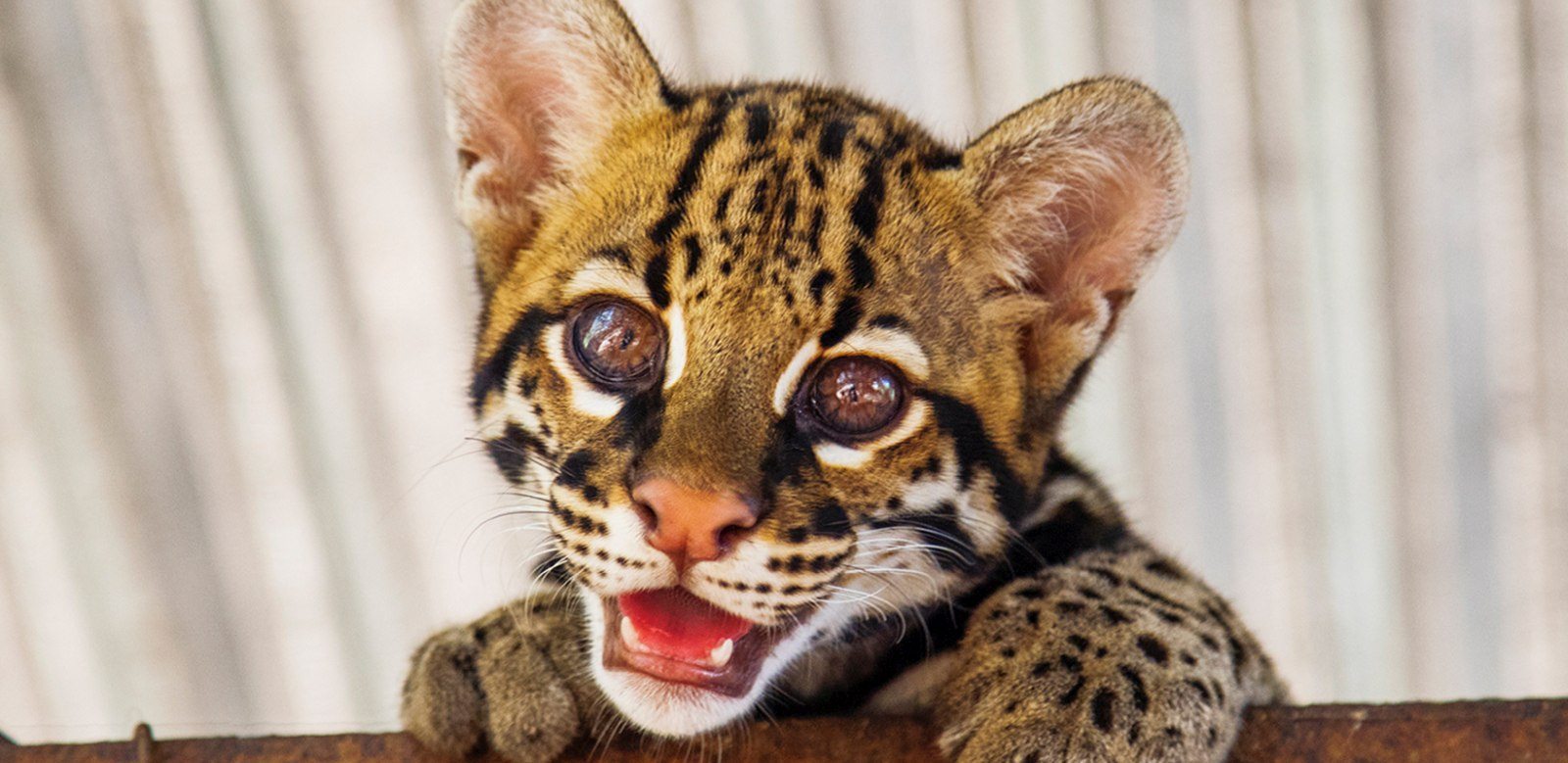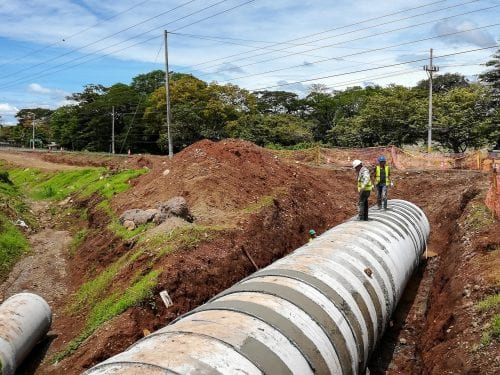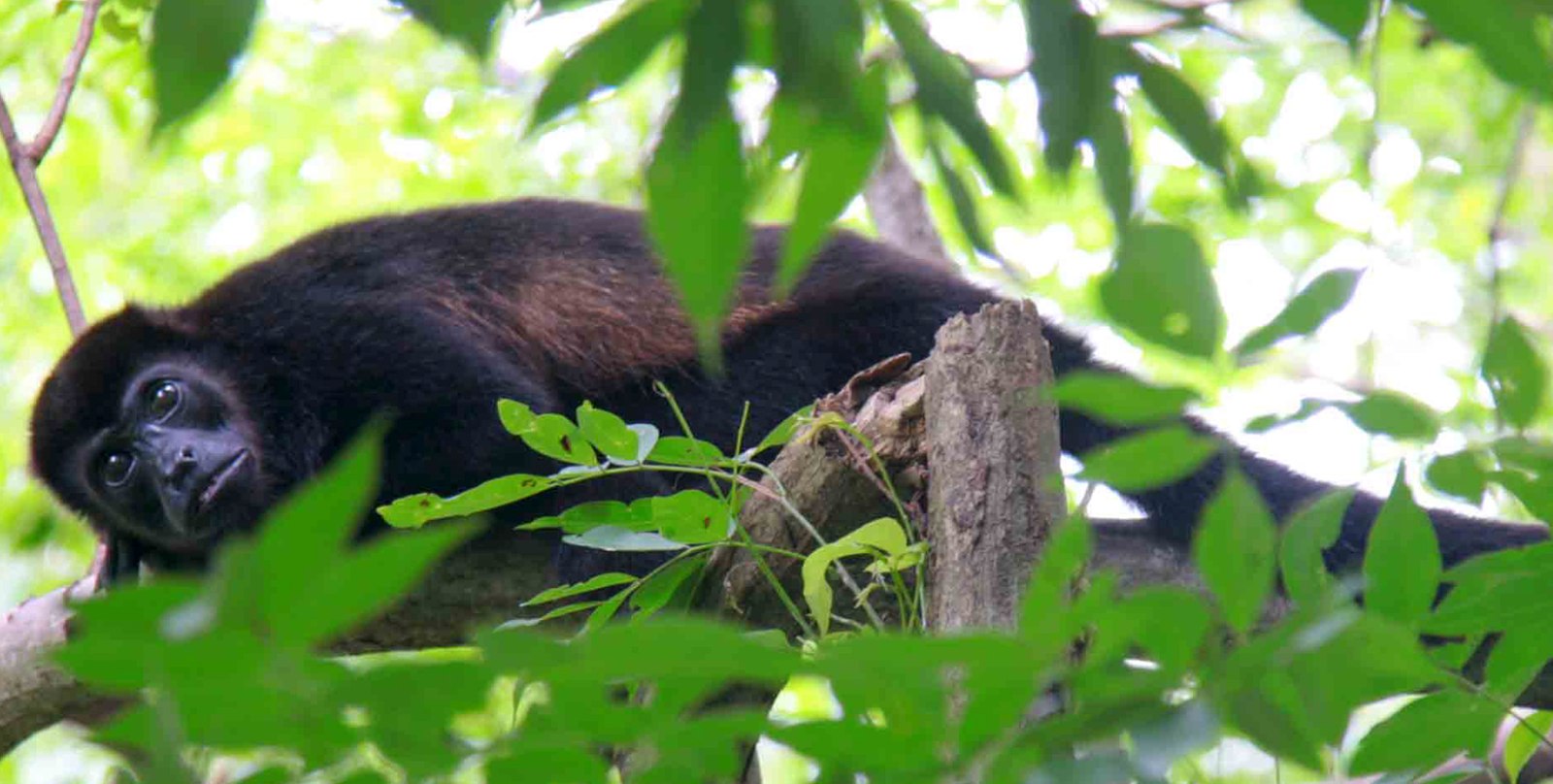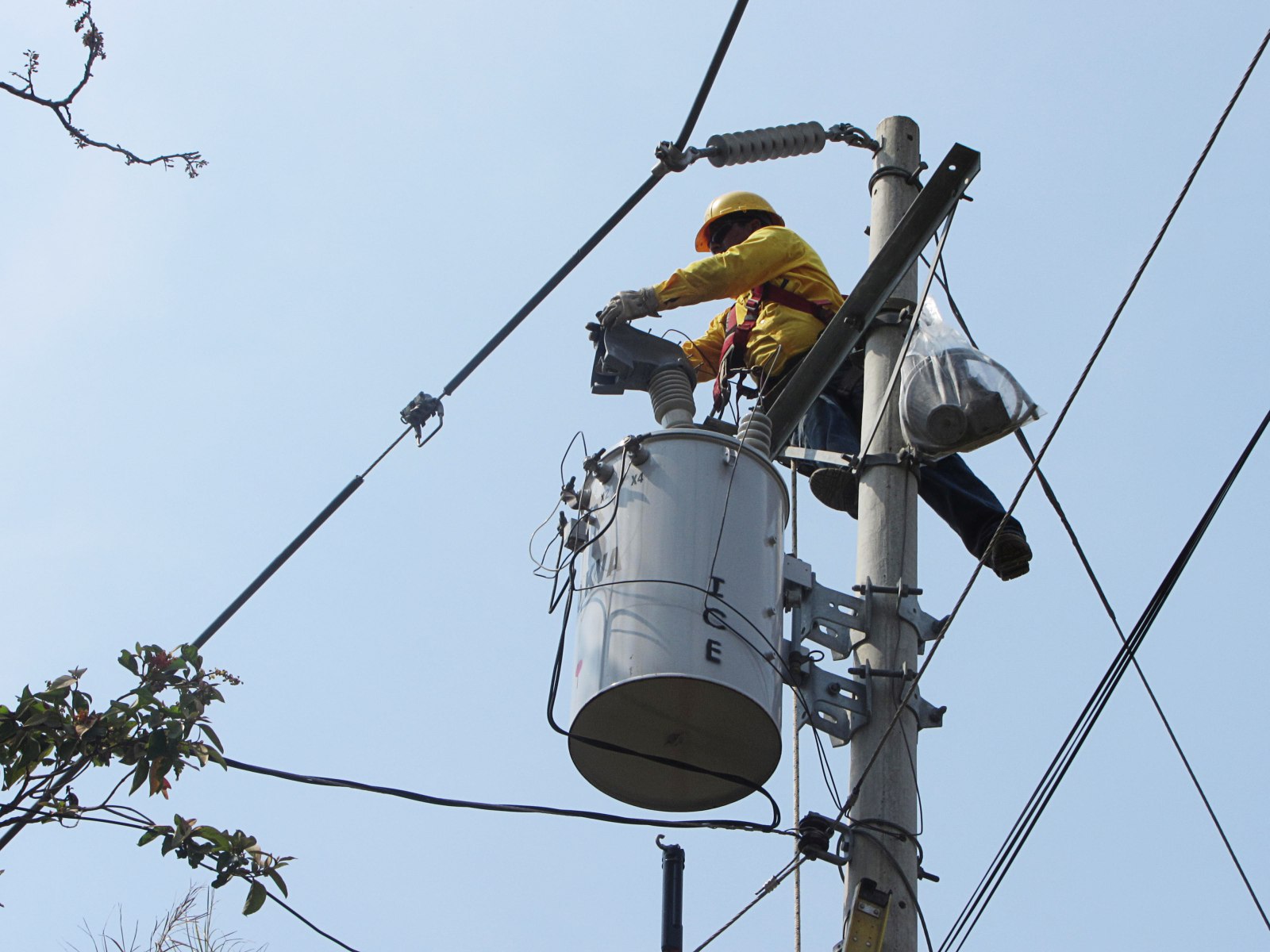
How many times have you hit the tail of a coati or run over a skunk while driving? Wildlife casualties on roads are a daily occurrence and a nagging problem that has begged for more attention from authorities for years.
Recent efforts by Costa Rica’s Ombudsman’s Office has brought renewed attention to an issue that environmental organizations have been promoting for years: The creation of wildlife crossings is crucial to the survival of ecosystems.
So far this year, six ocelots, known in Costa Rica as manigordos, were killed on Nicoya Peninsula roads, and two more were killed on the Cañas-Liberia Highway, according to Vías Amigables con la Vida Silvestre (Wildlife-Friendly Roadways), a group that advocates for more animal crossings and roadway safety.
“Before highways were built an ecosystem existed that was essential for the fundamental biological functioning of species,” said Esther Pomareda, a wildlife biologist at Las Pumas Rescue Center in Cañas.
Animals cross roadways to seek shelter, search for food or mate, she said.
Pomareda co-authored the 2014 Environmental Guide that government agencies voluntarily use when designing and building highways and other infrastructure projects. The Ombudsman’s Office wants use of that guide to be mandatory.
A Greater Effort Needed
According to the Ombudsman’s Office, the country should adopt a stronger position by requiring wildlife crossings on national roads.
“There’s a lack of protection for wildlife in the building, reparation and widening of roads,” said Ahmed Tabash, a spokesman for the Ombudsman’s Office.
His office has begun researching ways to make wildlife crossings a mandatory component of roads across the country.
Pomareda said that environmental education explaining the importance of crossings should be ramped up for officials at the Public Works and Transport Ministry and National Roadway Council (CONAVI), as well as for property owners where crossings are located and for drivers.
Alejandro Masís, director of the Guanacaste Conservation Area, said motorists can help reduce wildlife casualties by driving more slowly in forested areas and on roads that cross national parks, such as Route 1, along the Santa Rosa National Park.
Getting Better?
Officials from some government agencies remain upbeat. Engineer Abraham Pérez Kiamber, head of CONAVI’s Environmental, Social and Occupational Safety Office, said the Cañas-Liberia Highway already has eight terrestrial wildlife crossings and nine aerial ones.
Pérez said that some terrestrial crossings use a tunnel that passes under the highway with perimeter fencing to guide animals to access points.
The cost of each land crossing on the Cañas-Liberia Highway was ₡6 million ($10,900), while aerial crossings cost ₡2.6 million ($4,700) each.
According to Pérez, technical specifications for these crossings were based on the Environmental Guide, “Vías Amigables con la Vida Silvestre,” published in 2014 by the scientific committee of the Roadway and Wildlife Commission.
What You Can Do
- Respect traffic signs warning of animal crossings.
- Reduce speed in forested areas or on roads that pass through national parks.
- Remember that dusk and dawn are the two most active periods of the day for wildlife to cross roads.
- Property owners can donate the right of way for construction of wildlife crossings.







Comments